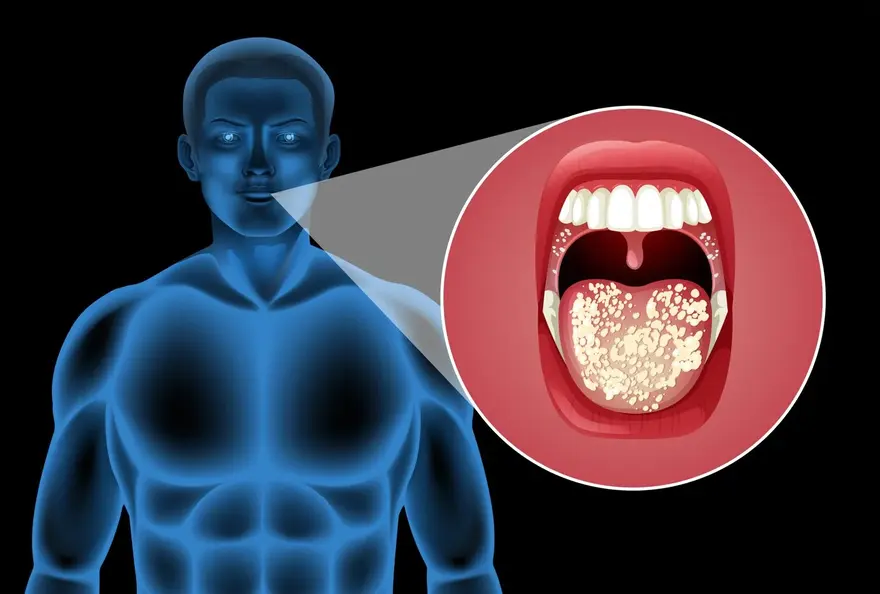Preventive Healthcare
Edema: Causes, Symptoms, and Effective Treatment
1045 Views
0

What is edema?
Edema is known as a health condition where the body fluid is trapped in the body tissue, causing swelling. This condition is the most common in legs, ankles, and legs, but may occur in other parts of the body, such as the face, hands, and abdomen.
Who does Edema affect?
Edema can affect anyone, but it is more common in adults over 65 and pregnant women. Although common, the exact frequency is unknown because mild cases usually resolve on their own.
Edema can interfere with daily activities due to increase in size or swelling in certain parts of the body. However, simple lifestyle changes, such as elevating the swollen area or moving around after sitting or standing for long periods of time, can reduce the edema symptoms.
How common is Edema?
Edema is a common condition that many people experience at some point in their lives. Mild, temporary edema is often harmless and goes away on its own. However, chronic or severe edema may indicate a more serious underlying condition that requires medical evaluation and treatment.
How does Edema affect my body?
Edema affects the body by causing swelling in the tissues due to excessive fluid retention. This swelling can lead to discomfort, decreased mobility, and changes in the appearance of the affected area.
In severe cases, edema can affect organ function and circulation, possibly leading to complications such as skin ulcers or difficulty breathing. Treating the underlying cause of edema is essential to effectively manage symptoms and prevent further health problems associated with edema.
What are the symptoms of Edema?
Edema symptoms usually include swelling of the hands, arms, feet, ankles, and legs, often accompanied by a feeling of heaviness or tightness in the affected area. If pressure is applied, the skin may retain a dimple or pit (pitting edema). Other common edema symptoms include noticeable swelling of the skin, increased abdominal size or bloating, and difficulty putting on shoes or clothing due to swelling.
In severe cases, edema symptoms may include stiff joints, stretched or shiny skin, and limited mobility. It is important to recognize these symptoms because they may indicate an underlying condition such as heart, kidney, or liver disease that requires medical examination and appropriate treatment to reduce discomfort and prevent complications.
In severe cases, edema symptoms may include joint stiffness, stretched or shiny skin, and limited mobility. It is important to identify these symptoms as they may indicate the need for medical examination and treatment for underlying conditions like heart, kidney or liver as well as other possible diseases to reduce discomfort and prevent complications.
What causes Edema?
After diagnosing edema, your healthcare provider will try to identify the underlying cause of fluid buildup.
The following are common edema causes:
- Gravity: Long periods of sitting or standing in one place can lead fluid to pull down into your arms, legs and feet (dependent edema).
- Weakened Valves: If the valves in your veins are weak, it becomes challenging for your veins to push the blood back up to your heart, which causes varicose veins and fluid buildup in the legs.
- Underlying Medical Conditions: Conditions such as heart failure, lung, liver, kidney and thyroid diseases often cause edema as a symptom.
- Medication Side Effects: Some medications used to treat blood pressure or pain may cause edema as a side effect.
- Poor Nutrition: Excessive salt consumption and an unbalanced diet can lead to water retention.
- Pregnancy: Pressure on blood vessels due to growing uterus can cause leg swelling during pregnancy.
- Compromised Immune System: An allergic reactions, infections, burns, traumas or clots can lead to edema.
How is Edema diagnosed?
A physical examination by a healthcare provider is essential to diagnose edema. They will check for swelling, especially where the skin looks shiny or stretched.
Edema grading can be used for further evaluation. Here, the provider will press an area of raised skin for 5 to 15 seconds (pitting test). A dimple (pit) that appear indicates fluid accumulation.
What is Edema grading?
Edema grading is a way to classify the severity of swelling based on its depth, duration, and the effect it has on the surrounding tissues. It helps healthcare providers assess the extent of fluid accumulation and guide treatment decisions.
Typically, edema grading involves several levels:
- Grade 1 (Mild): Barely perceptible swelling, usually identified by slight pitting when pressure is applied
- Grade 2 (Moderate): Noticeable swelling that persists longer, with deeper pitting that may last longer after pressure is removed
- Grade 3 (Severe): Significant swelling that causes pronounced pitting, often lasting for a prolonged period after pressure is released. This level may also include skin changes like a shiny appearance and difficulty with mobility.
- Grade 4 (Very Severe): Extreme swelling where pitting is profound and lasts for an extended time, potentially leading to skin ulceration and severe mobility issues.
Healthcare professionals use these grades to monitor changes in edema over time and adjust edema treatment strategies accordingly, with the goal of reducing fluid buildup and alleviating edema symptoms effectively.
How is Edema treated?
Edema treatment is designed based on the root cause of the condition.
For instance:
- In case of edema caused by lung disease, quitting smoking is advised.
- If chronic heart failure leads to edema, it is advised to change the lifestyle of weight, fluid and salt intake
- When medication side effects result in edema, adjustments may be made to drug dosages.
To reduce edema swelling further, these steps can help:
- Elevate your legs above heart level when sitting or lying down.
- Avoid stationary standing or sitting for long periods and go on short walks.
- Wear support socks or stockings that exert pressure on body parts to prevent fluid collection.
- Reduce the amount of salt in your diet.
- Follow doctor’s advice for taking medications, such as diuretics which help rid your body of excess fluid.
What can’t I eat with Edema?
In some cases, edema can be the result of a high-salt diet. Since salt causes your body to retain water, which can leak into the tissues and cause swelling, reducing salt intake can help to relieve edema symptoms.
How soon after treatment will I feel better?
Depending on the causes of edema temporary or permanent. Swelling usually lasts a few days, with the worst swelling occurring in the first two days and decreasing by the third day. Timely edema treatment can help in effective management of the swelling.
How can I prevent Edema?
Edema can be prevented with regular exercise as it helps in preventing fluid buildup, and dietary adjustments to reduce salt intake. However, if the edema is caused by any of these underlying health conditions, such as heart failure, liver or kidney disease, management of symptoms is essential.
What can I expect if I have Edema?
If you experience edema or swelling in your body, be sure to consult your healthcare provider immediately. If this condition is not treated, the swelling will increase and can lead to serious health problems. The underlying condition causing the edema can be controlled with treatment, and lifestyle modifications can also help in reducing swelling and fluid buildup.
Conclusion
Understanding and managing edema is essential to maintain a healthy lifestyle. Although it may seem intimidating, it is completely manageable with right knowledge and medical care. Metropolis Healthcare offers comprehensive diagnostic services to help patients understand health problems such as edema through specific tests. The convenience of at-home sample collection by qualified technicians ensures stress-free experience while prioritizing your health.























 WhatsApp
WhatsApp